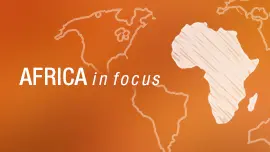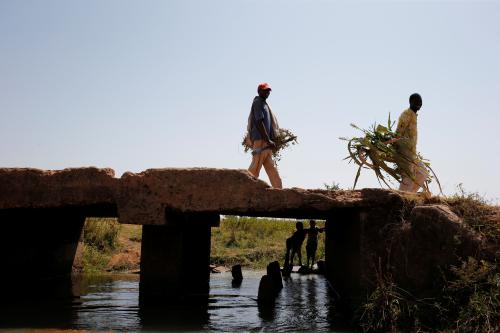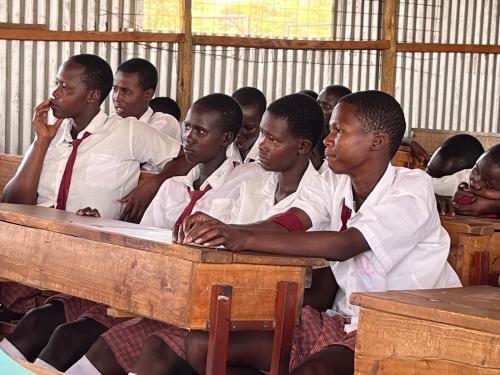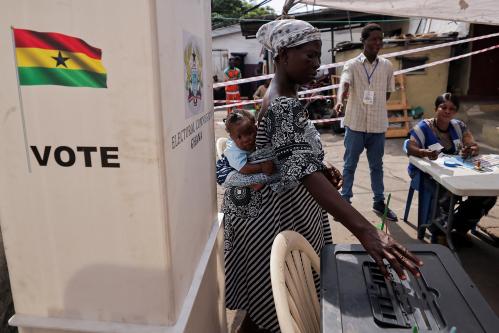The Addis Ababa Action Agenda of the Third International Conference on Financing for Development identifies domestic revenue mobilization as central to achieving the Sustainable Development Goals (SDGs). The Action Agenda also recognizes the importance of international finance in the development process (United Nations, 2015). Simultaneously, the process leading to the SDGs has emphasized good governance as a development priority. In fact, Goal 16 of the SDGs is dedicated to the “[promotion] of peaceful and inclusive societies for sustainable development, [the provision] of access to justice for all and [building] effective, accountable and inclusive institutions at all levels.” Given the increasing importance of new tools for financing development and the vital role of African governments in development, a new Brookings Africa Growth Initiative paper, Domestic Resource Mobilization and External Financing: When Does Governance Matter? studies the relationship between these two global priorities.
In the paper, we examine the empirical relationship between good governance and financing for development. Using the World Governance Indicators, we study the link between good governance on one hand and external flows—foreign direct investment (FDI) and official development assistance (ODA)—and domestic resource mobilization (tax revenue) on the other. Notably, we find that the returns to improving governance are higher for domestic revenue mobilization than for external finance. In other words, well-governed countries have a higher tax-to-GDP ratio. Notably, we also find that FDI inflows do not positively respond to improvements in governance. This trend could be attributed to the fact that FDI toward Africa mainly goes to oil-exporting countries, independent of their governance performance. Once we control for GDP per capita, ODA is allocated to relatively well-governed countries. This finding is in line with the aid conditionality literature. Conducting a robustness test in which we use settler mortality as an instrument for governance, we find that countries with high control of corruption scores have the highest tax-to-GDP ratio.
For a more detailed analysis of our findings, you can read the full paper here.
From a policy perspective, the relatively stronger association between good governance and domestic financing sources compared to external financing sources is important because domestic revenues are the largest source of development finance for sub-Saharan countries. A domestic policy agenda to improve governance has, therefore, the potential to earn large dividends in terms of increasing financing for development.
The Brookings Institution is committed to quality, independence, and impact.
We are supported by a diverse array of funders. In line with our values and policies, each Brookings publication represents the sole views of its author(s).






Commentary
Domestic resource mobilization and external financing: When does governance matter?
December 21, 2016